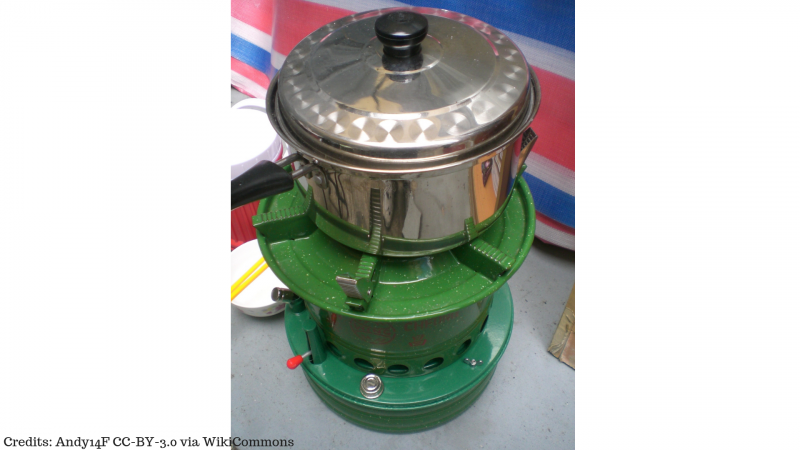
While pollution levels in our cities make it to the headlines, an equally dangerous level of pollution inside houses rarely attract attention. Household air pollution is caused by daily activities like cooking with firewood, smoking, dusting or using kerosene stoves. In a recent study, researchers from the Johns Hopkins School of Medicine, USA, and the Byramjee Jeejeebhoy Government Medical College and Sassoon Government Hospitals, Pune, have tried to understand how household air pollution can affect tuberculosis. The study was published in the journal Occupational and Environmental Medicine.
Smoke from burning wood, tobacco, biomass and other fuels at home are known to cause many maladies including asthma, respiratory infections and pulmonary diseases. With about a three-fourth households still using biomass as fuel for cooking and more than a hundred million smokers in the country, assessing the health risk arising from such pollutants is necessary. On the other hand, India also has the highest burden of tuberculosis with an estimated 2.79 million cases of TB in 2016.
This double whammy has significant implications in developing public health policies, which the current study tries to understand.
“To our knowledge, this is the first study assessing the association between household air pollution and tuberculosis using household PM2.5 concentrations”, say the authors. The study was funded partially by the Department of Biotechnology (DBT) and the Indian Council of Medical Research (ICMR).
The researchers chose 192 individuals, both adults and children with and without tuberculosis, for their study. These individuals were mostly from households with less than 10,000 monthly income and had only two rooms in their houses on an average. About half of them used wood and kerosene for cooking and cooked in the living space without a separate kitchen. The researchers measured the concentrations of particulate matter whose size was less than 2.5 μm in diameter (1μm = a millionth of a metre). Apart from cooking fuel, other sources of pollutants included burning of trash in the neighbourhood and the use of incense and mosquito coils. They then statistically analysed the relationship between these pollutants with individuals with and without tuberculosis.
The study found that the concentration of PM2.5 in the homes of tuberculosis patients and those who are healthy was five to seven times higher than that recommended by the World Health Organisation. Although many previous studies in other countries have associated this pollution with an increased risk of tuberculosis, the current study found no significant association between the two. However, they found that the use of kerosene had a positive association with tuberculosis. “The results of this study add to the mounting evidence that household pollution as measured in reported exposure, kerosene cooking fuel in particular, may be an important risk factor for TB disease”, say the authors.
Interestingly, another study in Nepal has found that kerosene used for cooking showed three times higher odds of TB compared with LPG. “Ultrafine particles emitted by kerosene combustion may deposit deeper into the lungs as they may bypass lung clearance mechanisms”, explain the authors adding that it has been shown to induce tissue inflammation and oxidative stress in animals. “The WHO has recommended against the use of kerosene as a cooking fuel as kerosene combustion may produce levels of nitrous oxides, polycyclic aromatic hydrocarbons and sulfur dioxide that exceed WHO’s guidelines and are linked to adverse respiratory effects”, they add.
Although the current study does not find statistically significant associations between the concentration of PM2.5 in homes and tuberculosis, it establishes the need for proper assessment of household pollutants and the potential risks associated with them.
“Understanding the risk factors for tuberculosis will help TB control programmes identify those who are at greatest risk of disease”, conclude the authors.





